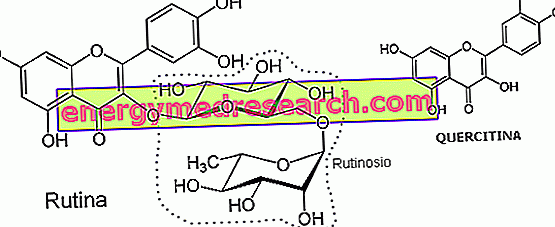
Plaque detectors are a valid and practical tool for assessing the adequacy of oral hygiene. Placed in contact with teeth and saliva, they make it possible to color and make the dental plaque so visible.
The plaque is that opalescent patina that is deposited on the teeth, the result of the adhesion of bacteria and salivary proteins. This bacterial patina is particularly harmful to the teeth, so much so as to promote and support tooth decay and gingivitis; for this reason it is necessary to remove the plaque by using a brush and dental floss correctly.
Usually, plaque detectors come in the form of tablets, but products in liquid form are also available, such as mouthwashes or solutions for professional use. Inside, in addition to pigmenting substances, aromas are generally found to make the product pleasant and sometimes useful for the health of teeth, such as fluoride.
Plaque detectors should be chewed without swallowing them, while the solutions - depending on what the manufacturer suggests - can be applied to a cotton pad that will then be rubbed into the teeth, or used as a mouthwash for rinsing. In general, the use of plaque detectors is carried out immediately after the conclusion of normal home oral hygiene practices.
After chewing the tablet, rubbing the cotton soaked with a plaque detector or rinsing with a detecting solution, the plaque on the teeth and mucous membranes becomes colored, making it clearly visible. In this regard, the intensity of the coloring (generally red - violet) increases as the amount of plaque present on the teeth increases. Some products are also able to color the newly formed plaque differently from the older one; for example, the most complete detectors, the tri-tonals color the recent plaque of red or pink, the mature one (greater than 48 hours) of blue or purple and the mature and highly acidogenic blue
The possibility of highlighting bacterial plaque with a dye helps to understand if brushing has been effective or if it has left residues in some dental areas. In this way the subject understands which areas need more attention during brushing. Then, once these areas have been colored, with the use of the toothbrush and the wire, the plaque-pigmented residues from the surface of the teeth will be removed, until the natural color is obtained. The coloring of teeth and gums is however a transient thing, which tends to regress spontaneously within a few minutes.
Self-assessment with plaque detectors is clearly important especially in children, to stimulate them to brush their teeth and learn the correct brushing technique.



